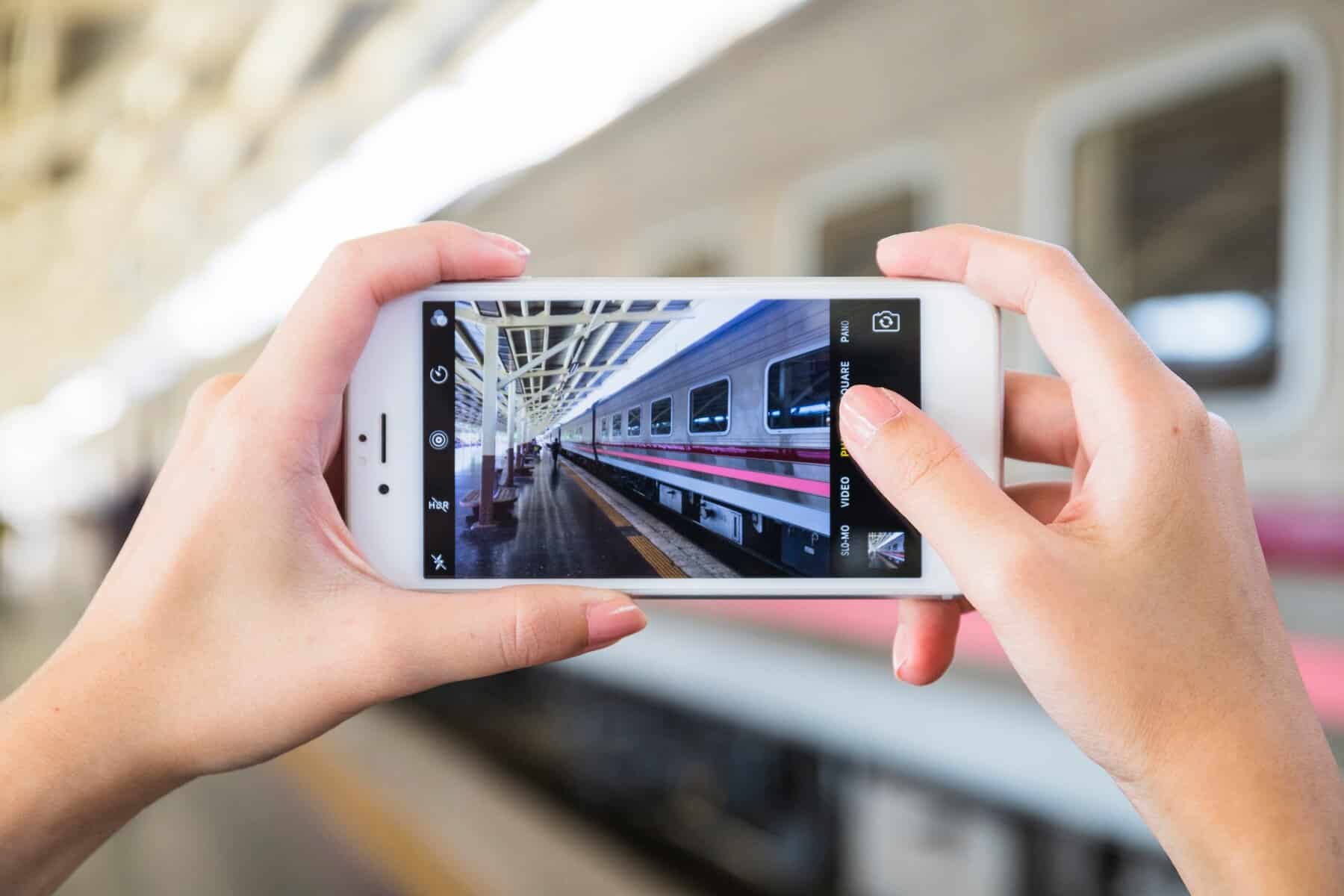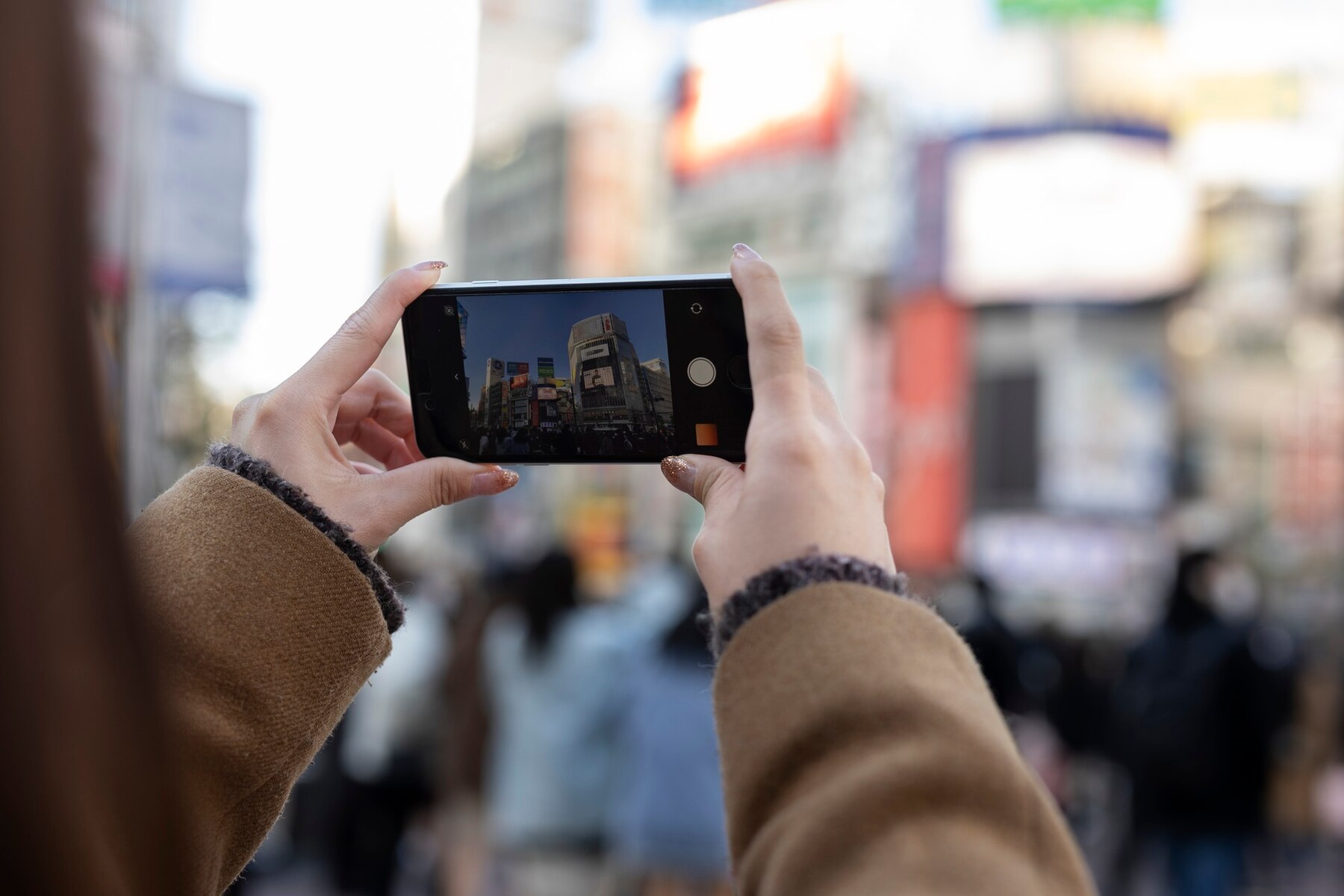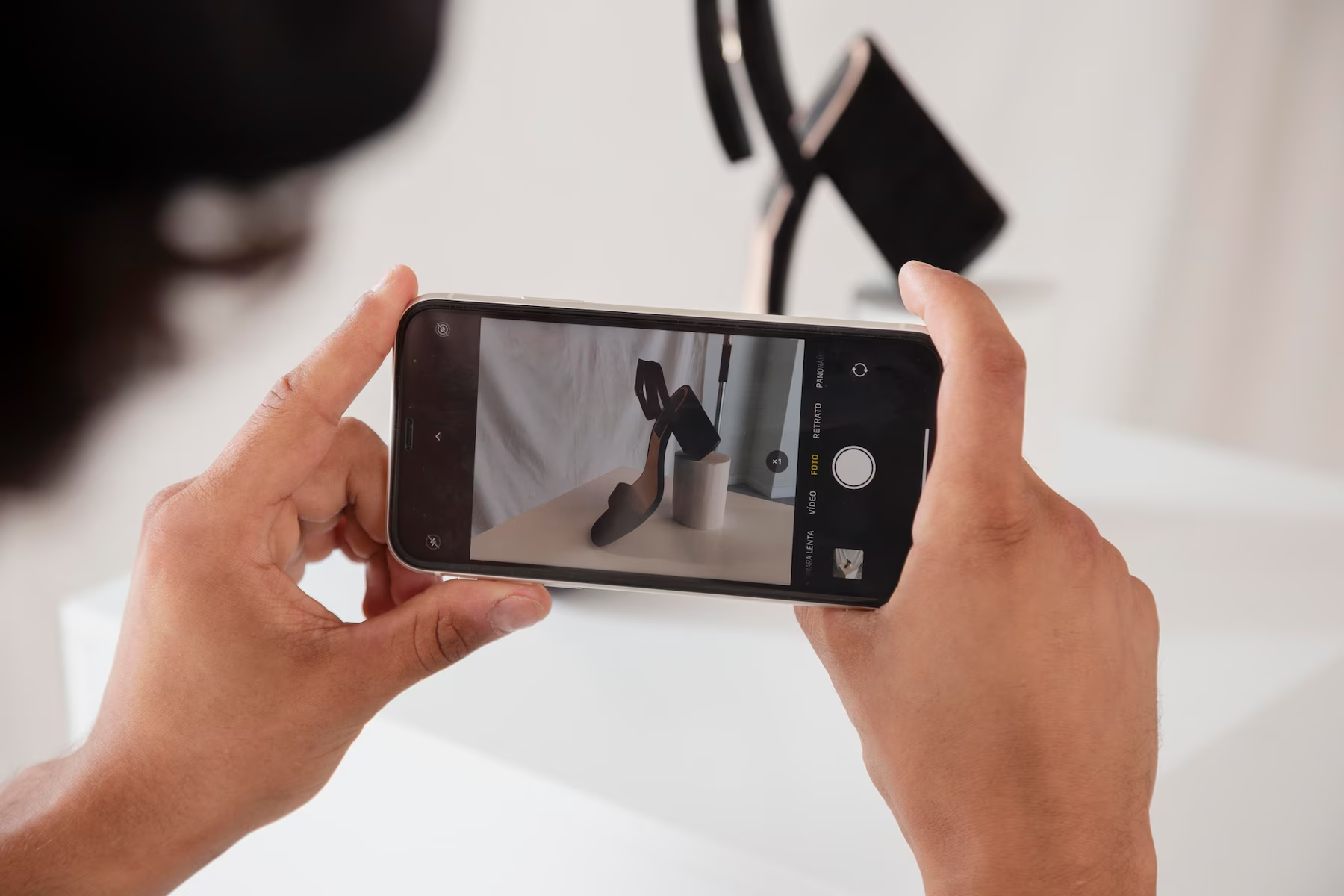
The Future of Smartphone Cameras: What’s Next?
Smartphone cameras have undergone a remarkable transformation. Once simple point-and-shoot devices, they are now powerhouse photography tools, harnessing the prowess of AI. Today’s top phone cameras rival professional DSLRs, offering a symphony of sophisticated features. With thrilling advancements like computational photography, enchanting night modes, and stellar zoom capabilities, they elevate photography to new heights. Yet, as we gaze into the crystal ball, what does the future hold for mobile photography?
Emerging trends are painting a fresh canvas on the horizon. Technological leaps are redefining how cameras capture and process images. In this fast-paced arena, smartphone photography is evolving at lightning speed. Innovative AI tools and cutting-edge sensors are leading this exhilarating evolution. Join us as we unravel the changing landscape of phone cameras, exploring cutting-edge technologies and the exciting possibilities awaiting the next generation of smartphone photography.

1. The Evolution of Smartphone Cameras
Early Days: From VGA Cameras to Megapixels
The first mobile phone camera, introduced in the early 2000s, had a mere 0.1 MP resolution. Over the years, cameras improved steadily. They started at 5MP, then moved to 12MP. Now, some flagship models exceed 200MP. Higher megapixels don’t always mean better image quality. Sensor size, AI processing, and software optimization are also key factors.
Current Innovations: Computational Photography & AI Enhancements
Modern smartphone cameras are a symphony of software wizardry. Features like HDR, AI scene detection, night mode, and Super Res Zoom elevate your photography game. Brands like Google and Apple lead the charge in computational photography. They harness the power of AI to sharpen details, expand dynamic range, and reduce noise. In low light, these enhancements transform dark moments into stunning scenes. Embrace the art of smartphone photography, where technology dances with creativity.
2. Mobile Photography Trends Shaping the Future
1. AI-Powered Photography
Artificial Intelligence (AI) is revolutionizing smartphone cameras. AI algorithms now assist with:
- Real-time scene optimization – Automatically adjusting settings based on the environment.
- Portrait mode improvements – Enhanced edge detection and background blur for professional-looking portraits.
- Low-light enhancements – AI-driven noise reduction and brighter night photography.
- Auto-framing & subject tracking – Ensuring that moving objects stay in focus.
2. Advanced Zoom Technology
Smartphone zoom has improved a lot. Periscope lenses now provide 10x optical zoom. Some models even offer hybrid zoom up to 100x. Future developments may include:
- Liquid lens technology – Allowing a single lens to change focal lengths dynamically.
- AI-powered super-resolution zoom – Enhancing details in digitally zoomed images.
- Multi-lens fusion – Combining multiple lenses to create ultra-detailed zoom shots.
3. Bigger Sensors & Improved Image Processing
Larger sensors mean better light capture, sharper details, and enhanced dynamic range. Some expected advancements include:
- 1-inch sensors becoming standard – Providing DSLR-like quality in a compact smartphone body.
- Better image stabilization – Combining optical image stabilization (OIS) and AI correction ensures shake-free photos and videos.
- Multi-frame image stacking – Capturing multiple exposures simultaneously to merge the best details.
4. Computational Video & 8K Recording
While smartphone photography has evolved rapidly, video capabilities are also catching up. Future improvements in mobile videography include:
- 8K video recording with real-time HDR.
- AI-powered stabilization to reduce motion blur and shakiness.
- Cinematic mode enhancements with dynamic focus shifting.
- Professional-grade manual controls for videographers who want DSLR-like settings.
3. How Phone Cameras Are Evolving with New Technology
1. Sensor Innovation & Ultra-Thin Cameras
A challenge with smartphone cameras is how to keep them slim while also making the sensor bigger. Future developments may include:
- Under-display cameras – Offering full-screen experiences without notches or punch holes.
- Stacked sensors – Capturing more detail without increasing bulk.
- Multi-aperture systems – Adapting dynamically to lighting conditions, much like the human eye.
2. Smart Image Processing with Cloud & AI Integration
Cloud-based image processing could enhance smartphone cameras further by:
- Offloading image enhancements to cloud servers for real-time improvements.
- AI-assisted editing tools that suggest the best edits for each photo.
- Seamless photo syncing between devices with advanced optimization.
3. Augmented Reality (AR) & 3D Photography
As AR technology progresses, smartphone cameras may introduce:
- Depth-sensing LiDAR scanners for more accurate object detection and AR applications.
- 3D photography modes that create immersive digital models from real-world scenes.
- Enhanced AR filters & virtual object placement for shopping, gaming, and productivity.

4. The Best Phone Cameras of 2025: Brands Leading the Innovation
Some smartphone brands are at the forefront of camera innovation. Here are the ones setting the trend:
Apple iPhone 15 Pro Max
- 48MP primary sensor with improved LiDAR depth mapping.
- ProRAW & ProRes video recording for professional-grade mobile photography.
- Cinematic Mode 2.0 with better depth control and real-time adjustments.
Samsung Galaxy S25 Ultra
- 200MP main sensor for ultra-high-resolution photography.
- 10x periscope zoom lens with AI enhancement for lossless magnification.
- Super Night Mode 3.0 using AI for unparalleled low-light performance.
Google Pixel 9 Pro
- AI-powered Super Res Zoom improving digital zoom clarity.
- Best-in-class computational photography, making low-light shots incredibly detailed.
- Real-time motion tracking for action photography.
Xiaomi 15 Ultra
- Leica-engineered camera lenses for unmatched color accuracy and depth.
- 1-inch sensor delivering DSLR-like image quality.
- 4K HDR Night Video Mode, setting new standards in nighttime videography.
These brands are changing smartphone cameras. They are expanding what mobile photography can do.

The Future of Smartphone Cameras: A New Era of Mobile Photography
The future of smartphone cameras is exciting. Innovations in AI, sensor technology, and computational photography are changing mobile photography. Phone cameras are getting better, matching pro setups. This will boost mobile photography trends and improve user experiences.
In the future, phone cameras will evolve. They will focus on bigger sensors, smarter AI, improved zoom, and better video features. Smartphone photography is set to get even better in the coming years. No matter if you’re a casual photographer or a pro, these changes will be a game changer.
Which upcoming smartphone camera feature excites you the most? Let us know in the comments!
